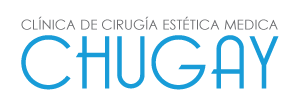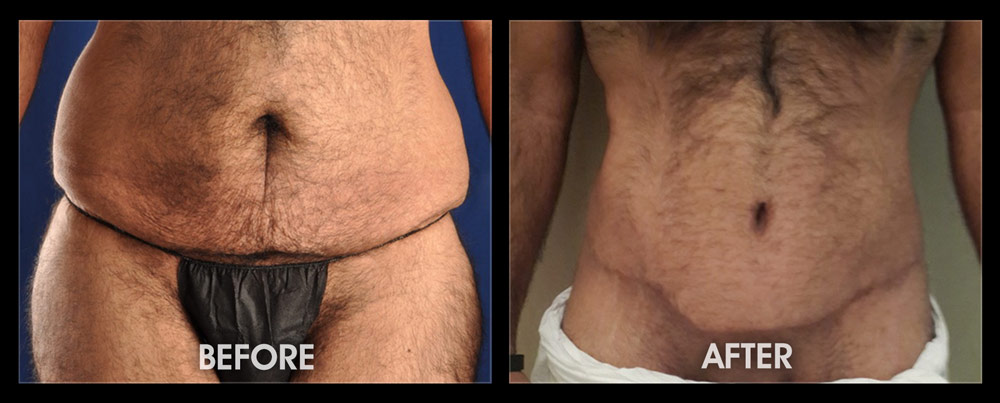Weight Loss/post Bariatric Surgery
With the rising epidemic of obesity in the United States, bariatric procedures have become more prevalent. Data reviewed by the NIH between 2004-2011, revealed an overall prevalence of obesity among US workers was 26.2%. Surgeons and medical practitioners continue to battle the ongoing epidemic and are offering more and more options for patients to lose unwanted weight. This can range from lap banding surgery, bariatric sleeve gastrectomy, roux-en-y gastric bypass (RYGB) to name examples of more invasive procedures. Less invasive procedures have come to include gastric balloons, jaw wiring, and even less conventional procedures such as the tongue patch diet. Some patients try to avoid surgery altogether and have begun to employ HCG, appetite suppressants such as Phentermine, and even hormone replacement therapy to help stimulate metabolism and avoid food cravings. Yet others recognize the maladaptive behaviors in their life and do the hard work of dietary restriction and exercise to help drop the pounds.
Regardless of the option employed by the patient, this can result in significant problems for patients after working hard to lose their weight. Often patients come with cosmetic issues such as skin laxity and body contour irregularities that require correction to achieve a more satisfying outward appearance. While other massive weight loss patients present with functional complaints such as skin rashes, breakdown in abdominal and thigh folds, difficulties maintaining hygiene, and even difficulty in ambulating due to a weighty pannus or the intense weight of loose skin in the arms and legs. All of these problems are similar in that they are the result of skin ptosis (hanging skin).
Procedures Offered After Massive Weight Loss
After massive weight loss, we offer the following procedures to help give you the body you deserve after losing all that weight:
- Brachioplasty (arm reduction surgery)
- Abdominplasty (tummy tuck)
- Belt Lipectomy
- Breast lift
- Breast lift with augmentation
- Pectoral lift
- Back lift (bra-line lift)
- Lateral thoracic lift
- Buttock lift
- Thigh lift
- Liposuction
- Fat grafting to the face, buttocks, and breast to replenish lost volume
- Muscle augmentation surgery/Body Implants for addition of volume
Call our office for a complimentary consultation to continue your weight loss journey and get the body you’ve been desiring!
Is Financing Available?
Yes! Medical Financing is available on approved credit. We accept financing from CareCredit.com and LendingUSA.com. For more information about our Financing options
Risks And Complications
As with any surgery, there are always risks and complications that may occur. Surgery in the post bariatric is no different and in fact may carry more risks than surgery in the average patient. Particularly in those that have had bariatric surgery, protein insufficiency in the diet and vitamin and mineral deficiencies may play into increased risks of complications. For this reason, we perform comprehensive pre-operative testing and suggest that patients continue supplements as ordered by their primary treating physicians. Some patients with multiple co-morbidities may be asked to undergo further testing or obtain a medic al clearance from a primary care physician prior to undergoing more invasive/lengthy procedures.
Complications that are typically seen in patients undergoing surgery after massive weight loss/post bariatric surgery include but are not limited to:
- Seroma
- Hematoma
- Wound dehiscence
- Infection
- Deep venous thromboembolism (DVT)
- Skin necrosis
Things to Look for In your Surgeon:
- Experience: With 2 generations of doctors, over 30,000 procedures and a lifetimes worth of combined experience, Dr. Nikolas V. Chugay and Dr. Paul N. Chugay have not only the required experience in various surgical and non surgical procedures but Nikolas has helped revolutionize the industry, and Paul is following very closely in his father’s footsteps, drawing on over 40 years of experience.
- Compatibility & Respect: Book a consultation with the doctor. Get a feel for how they treat you; whether they listen to you and what you want. It’s important to thoroughly discuss what you’re trying to achieve with your doctor so they have a clear, concise idea of what your goal is but it’s equally important that you respect your doctor’s experience and education enough to listen to their recommendations. You don’t want a doctor that doesn’t care about YOU.
- Specialization: Ask your doctor about other times they’ve performed the procedure you want.
After your Surgery
Dr. Chugay recommends that patients stay off of work approximately 2 weeks to allow for healing to take place. Special dressings will be applied to the area post-operatively that will be removed on your first post-operative visit several days after surgery. After approximately one month, patients can slowly resume exercise at a less intense pace and are back to normal activity by 6 weeks after surgery.


